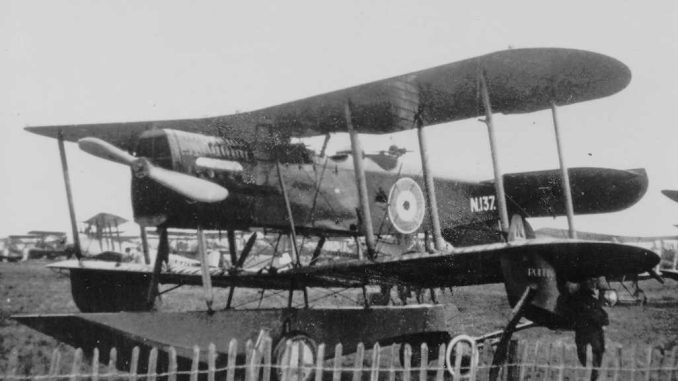
The Parnall Puffin, an experimental fighter-reconnaissance biplane, emerged in the United Kingdom shortly after World War I. Designed to meet the Royal Air Force’s Specification XXI of May 1919, the Puffin aimed to be a versatile amphibious aircraft, capable of operating from land, sea, or carrier decks. Despite its innovative design and promise, the Puffin never moved beyond its initial three prototypes due to limited military budgets and the uncertainty of post-war orders.
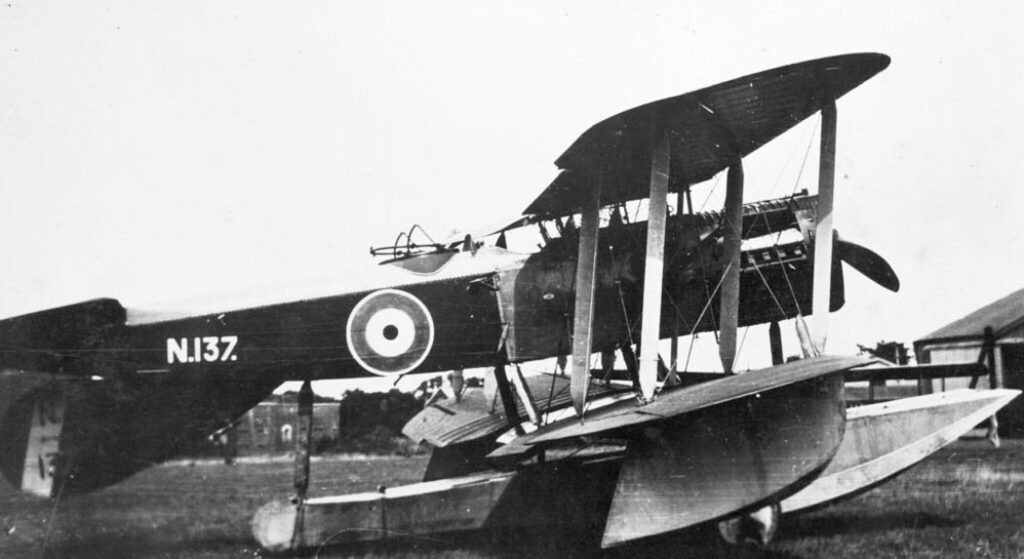
Design and Innovation
At first glance, the Parnall Puffin seemed a conventional single-engine, two-seat biplane, yet it sported several pioneering features. Notably, it was the first British aircraft designed with a single, central float for amphibious operations. Unlike traditional aircraft, the Puffin’s vertical stabilizer and rudder were mounted below the fuselage rather than atop it, providing an unconventional, inverted look. This under-mounted tail design was chosen to enhance the gunner’s field of fire and echoed elements seen in earlier seaplanes, such as the German Hansa-Brandenburg models.
The Puffin’s wings were a two-bay configuration with parallel chord, equal spans, and a staggered design. Both the upper and lower wings included ailerons, maximizing maneuverability. To facilitate storage on carriers, the wings could be folded, a crucial feature for compact deployment on Royal Navy vessels. The fuselage, built with the standard four longerons, was flat on the sides and bottom, with a rounded top. Toward the rear, the fuselage depth tapered as the lower longerons curved upward. Positioned beneath the trailing edge of the upper wing, the open cockpit provided the pilot with excellent all-around visibility. Control surfaces were enhanced with a two-speed gear system, allowing optimization for both high-speed and low-speed flight. Armament included a fixed, forward-firing Vickers machine gun for the pilot, while the gunner was equipped with a Lewis gun mounted on a Scarff ring for defensive capabilities.
Power and Performance
The Puffin was powered by a 450 hp Napier Lion II engine, a 12-cylinder powerhouse arranged in a unique “broad arrow” W-configuration. This engine was water-cooled, with a radiator positioned directly in front to benefit from the propeller’s airflow. Equipped with an electric starter powered by an internal battery, the Puffin displayed impressive advancements for its era.
The aircraft’s single, central float extended from just below the wing roots, tapering back towards the rear fin’s leading edge. This float was connected to the fuselage by two pairs of struts, with a slot for an axle that supported the wheels, allowing the Puffin to transition smoothly between land and water. Further stability on water was provided by two large floats beneath the outer interplane struts.
Operational History and Challenges
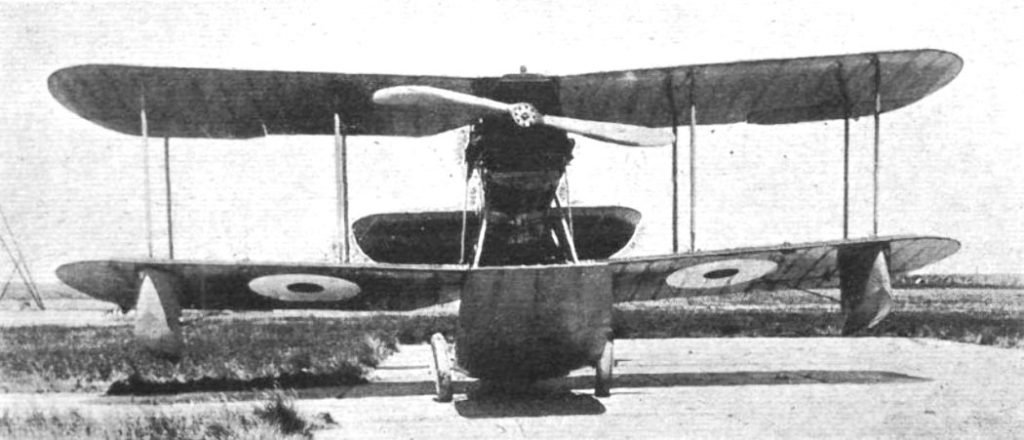
The first of the three Puffins flew on November 19, 1920, piloted by Norman Macmillan at the Marine and Armament Experimental Establishment on the Isle of Grain. Despite the Puffin’s promising potential, several operational issues surfaced during testing. The aircraft’s tail-heavy design proved difficult to remedy, and adjustments to the tailplane incidence did little to alleviate the problem.
Further challenges arose from the central float. The initial version was too short in front, leading to significant spray in rough water, which damaged the propeller and radiator. The float was subsequently modified with a longer, upward-curving section, reinforced by extra struts connecting it to the engine mounting. Although this alteration mitigated the issue, a complete solution came only with a re-profiled float design on the third prototype, which improved water handling and reduced spray.
The Puffin’s land-based undercarriage performed well, distinguishing it from other amphibious aircraft of the time, particularly the Fairey Pintail, which had ongoing issues with its undercarriage design. The Puffin thus proved itself a capable amphibious aircraft, able to transition between land and water seamlessly.
End of Development and Legacy
The Puffin’s development coincided with a period of reduced military spending, and by the early 1920s, there was little prospect of large-scale orders for new aircraft. The RAF itself was facing funding challenges, and no substantial orders were placed for experimental aircraft like the Puffin. The three prototypes were instead relegated to experimental testing at the Isle of Grain, contributing valuable data on amphibious aircraft design.
In hindsight, the Parnall Puffin stands out as an innovative attempt to push the boundaries of aircraft versatility. Although it never reached operational status, it contributed to the early exploration of amphibious fighter-reconnaissance aircraft, leaving a legacy of design experimentation that informed subsequent developments in British seaplane technology.
Throughout aviation history, countless aircraft designs have sparked the imagination of engineers, pilots, and aviation enthusiasts. Many of these innovative concepts, however, never made it past the drawing board or prototype stage. “Grounded Dreams: The Story of Canceled Aircraft” delves into the fascinating world of these ambitious projects that, for various reasons, were never fully realized. From groundbreaking technological advancements to strategic missteps, this exploration uncovers the stories behind the aircraft that promised to revolutionize the skies but were ultimately grounded before they could take flight. Join us as we journey through the highs and lows of aviation history, spotlighting the aircraft that could have changed the course of aeronautical progress had their dreams not been deferred. Check our previous entries HERE.
Related Articles
"Haritima Maurya, pen name, ""Another Stardust,"" has been passionate about writing since her school days and later began sharing her work online in 2019. She was drawn to writing because of her love for reading, being starstruck by the art of expression and how someone can make you see and feel things exclusive to their experience. She wanted to be able to do that herself and share her mind with world cause she believes while we co exist in this beautiful world least we can do is share our little worlds within.
As a commercial pilot, Haritima balances her passion for aviation with her love for storytelling. She believes that, much like flying, writing offers a perspective beyond the ordinary, offering a bridge between individual experiences and collective understanding.
Through her work, ""Another Stardust"" aims to capture the nuances of life, giving voice to moments that resonate universally. "

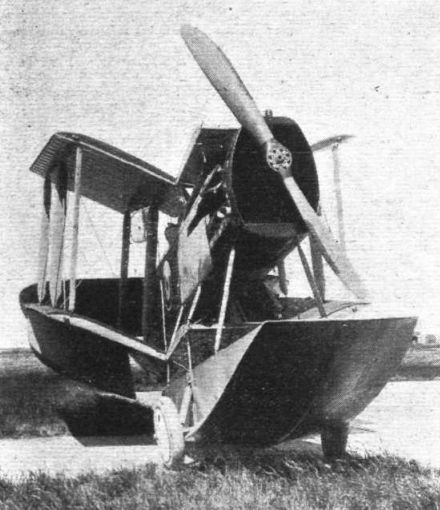
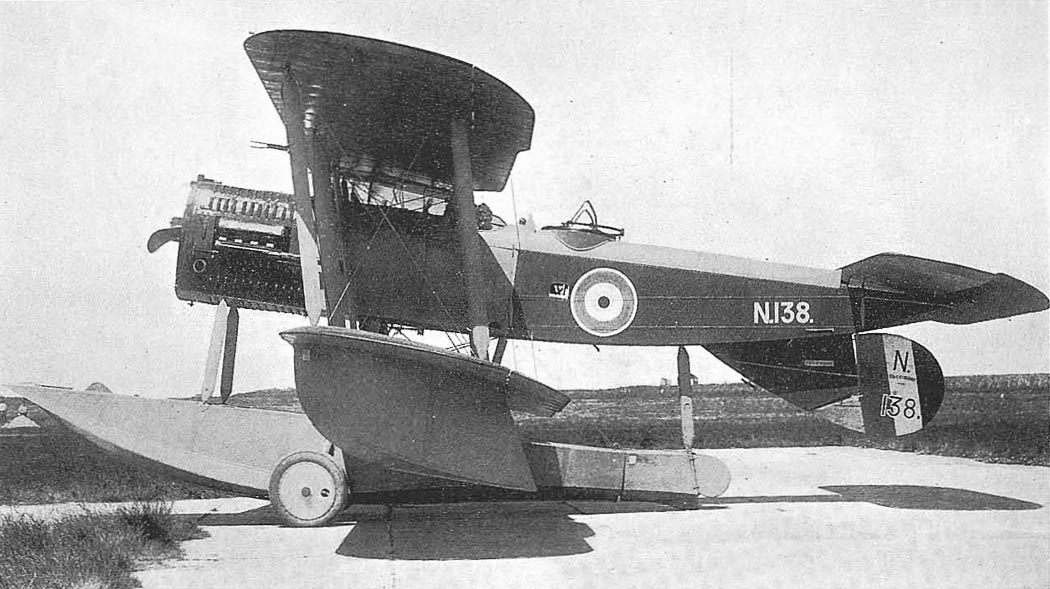
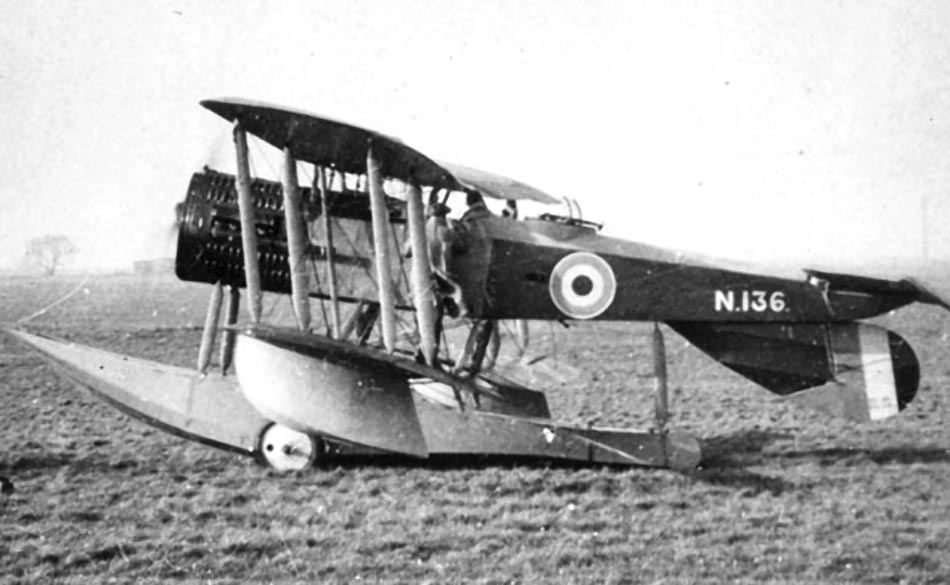
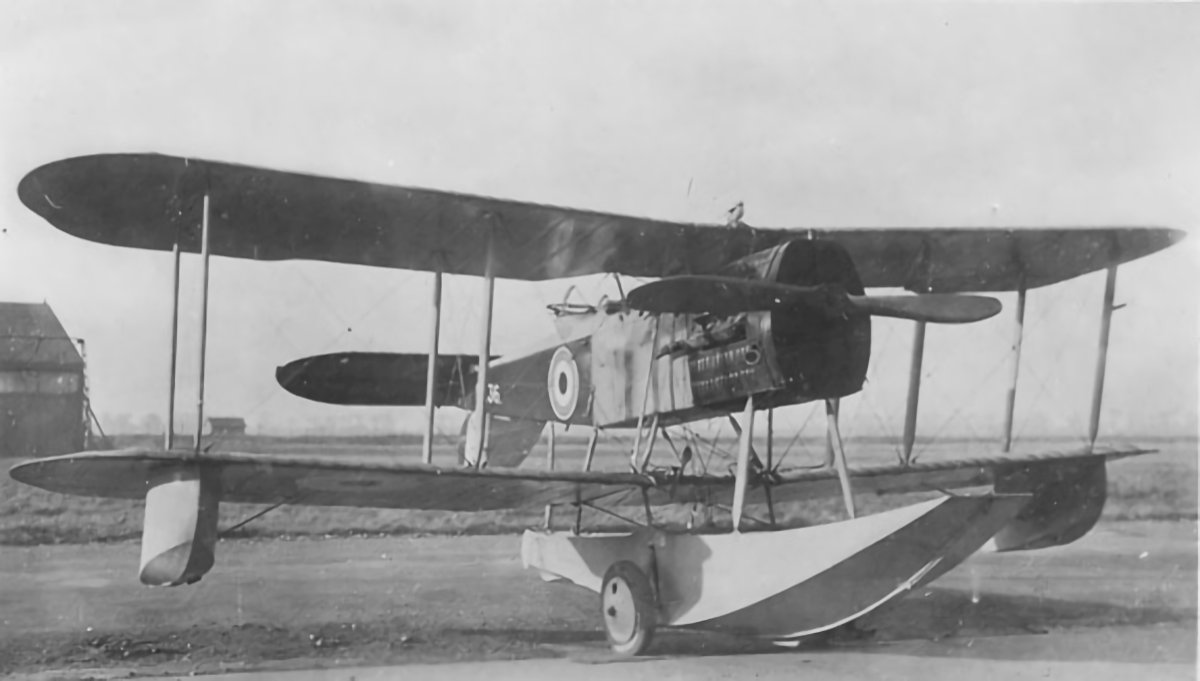
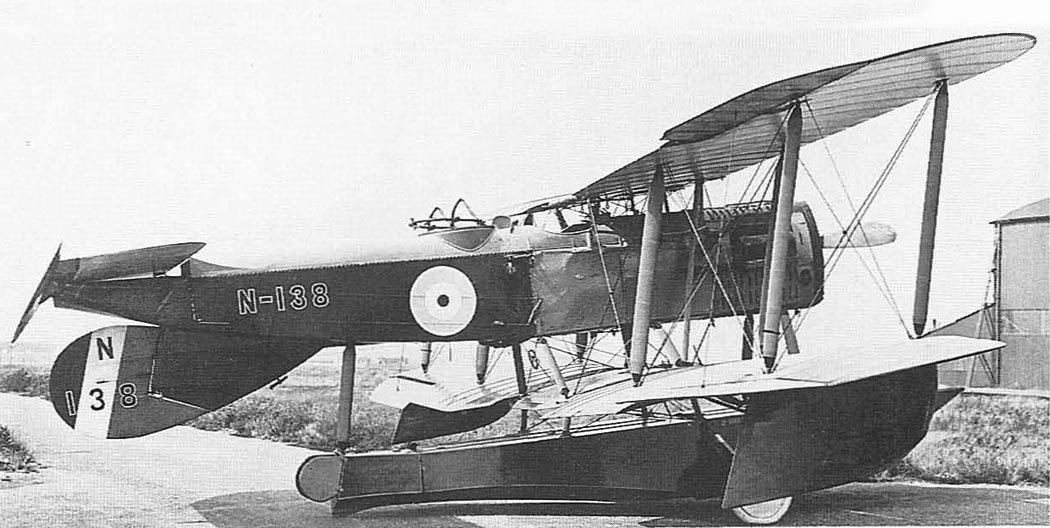
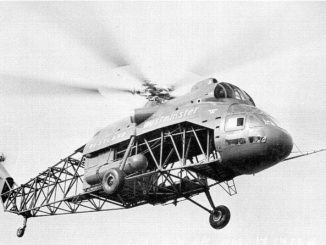
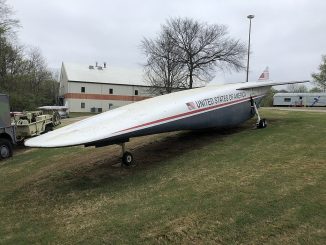
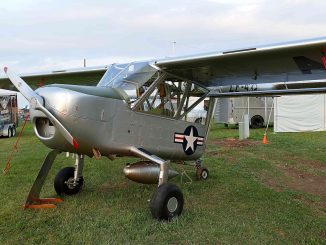
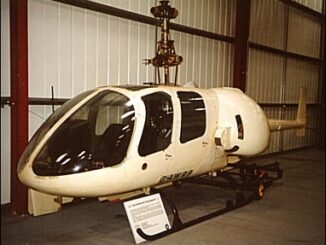
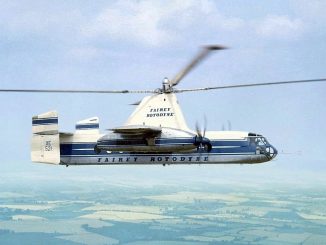


Be the first to comment
Graphic Design, Branding and Aviation Art